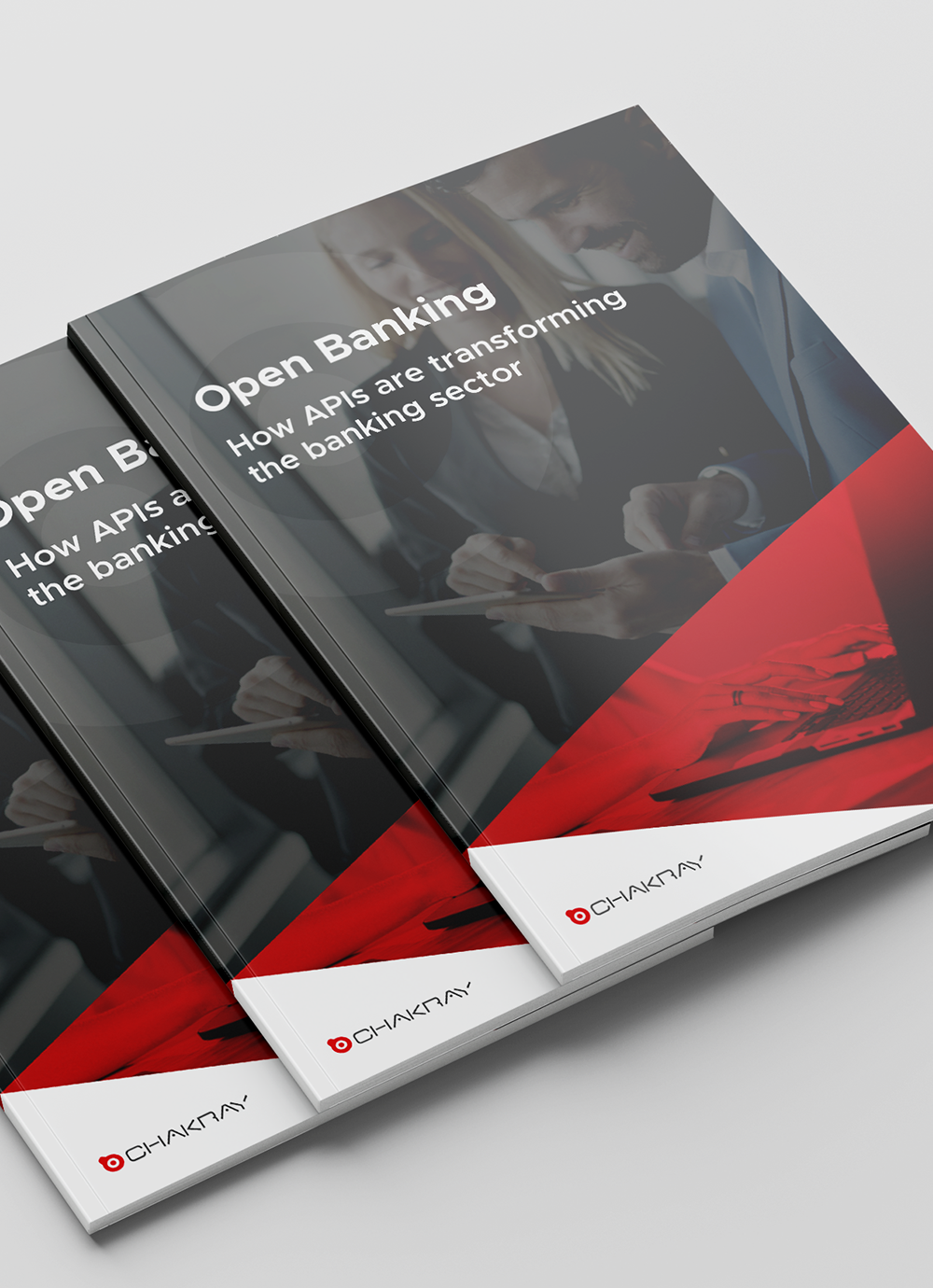The world of finance has changed. Technology has taken giant strides concerning all types of businesses and markets: communications, entertainment, sports, art, and more. These advances have not sidelined the banking system that, for some years now, has had to adapt to the new digital era. Nowadays, operations that previously required a person to go to the bank have been replaced by mechanisms that allow transactions to be carried out from anywhere. But what if it were possible to go further? What if there were a way for all customer needs to be met through applications? This is what open banking aspires to enable.
The emergence of this concept has given rise to numerous unknowns for customers, bank owners and entrepreneurs alike. Want to know what it’s all about and what the advantages and disadvantages of open banking are? Read on.
What is Open Banking?
“Generally speaking, Open Banking is a mechanism in which customer banking information is shared to applications or APIs. In this way, an ecosystem is created that is conducive to generating business, solving needs, suggesting services and much more.”
Open Banking is built upon data related to credit cards, statements, and account types and everything relating to the customer’s finances. Once gathered, this information is synchronized with the various emerging applications and starts an exchange process that facilitates and enhances the experience of customers.
Of course, there are many pros and cons of open banking. The evaluation of them is what has generated many questions for its global application.
-Open Banking: The digital transformation of the banking sector-
Advantages of Open Banking
There are many advantages of open banking that benefit customers and bank owners. Some of them include:
- Helping customers in their operations: obtaining answers and services tailored to each person’s needs becomes easier with Open Banking. This is because, due to the vast array of APIs that already exist and the new ones that emerge, everything is simpler. All you need is access to technology. Time spent is reduced and operations are automated.
- Centralization of services: with Open Banking, banks once again have full control over the various services their customers need: advice, loans, transfers, and financing. Thus, everything is done with greater visibility and under a single administration.
- Increase in the financial market: with the arrival of more clients in Open Banking, the diversification of APIs and services will be greater. In this way, there will be numerous offers adapted to the needs of everyone.
Disadvantages of Open Banking
While acknowledging the numerous benefits of open banking, it is also necessary to make note of potential drawbacks. The hesitation that accompanies the transition from traditional banking methods to open banking is one major source of most of its disadvantages. They are as follows:
- Low customer credibility: until now there has been an apathy or lack of credibility on the part of customers towards this new form of banking. It is partly due to the fear of sharing their data, as well as to their lack of knowledge of how it works.
- The Fintech: the growth of those companies that have replaced many of the services traditionally controlled by banks is a major drawback for major banks. The Fintech market is growing. Their services are diverse with a large number of them growing in various countries. They are simple, fast, and low cost for customers.
- It removes the interpersonal relationship with the customer: because everything is handled digitally, the face-to-face encounters between the customer and the bank are getting fewer and fewer. This can lead to a breakdown in the psychological relationship and brand loyalty between customer and provider.
Online Banking Security
The topic of security in Open Banking deserves special attention. It is currently a perceived disadvantage, as customers fear that their data will be shared with outsiders.
This concern also exists within some banks themselves. There is a fear that their information will be exposed to cyber-attacks. Want to know an easy, quick and inexpensive way to deal with these attacks? Find out in our free guide to Identity And Access Management.
In any case, the solution to the problem of security in online banking is the development of software and APIs with appropriate structures and controls to ensure their operation. In this way, both banks and customers can rest assured that there will be no unnecessary risks.
Challenges for the financial system in the digital environment
In order to regain the ground that has been conceded to disruptor Fintechs for some time, the philosophy and culture of established traditional banks must be reinvented. Many changes need to be made, starting with the adaptation to the digital environment.
An option such as Open Banking should be fully exploited. In order to do this, it is necessary to educate customers on its pros and cons, the best approaches to implement it, and its uses. It is also important to learn to compete with the current crop of technologies that have displaced them.
Finally, it is necessary to learn how to take advantage of all security alternatives, such as software and programs that guarantee the care of customers’ data.
Conclusion
Open Banking is a great alternative to the current financial system. It offers many advantages, such as increased convenience, access to a diverse range of financial services, and a network of synergetic third-party applications. But it also has some disadvantages, being the security risks of sharing data the most important drawback. It is important to prioritise the protection of customer data above all else, thus harnessing open banking in tandem with strong security protocols and stringent regulatory compliance.
Want to strike the right balance with open banking? Let’s weigh its pros and cons together and in more detail! We are happy for you to contact us!






